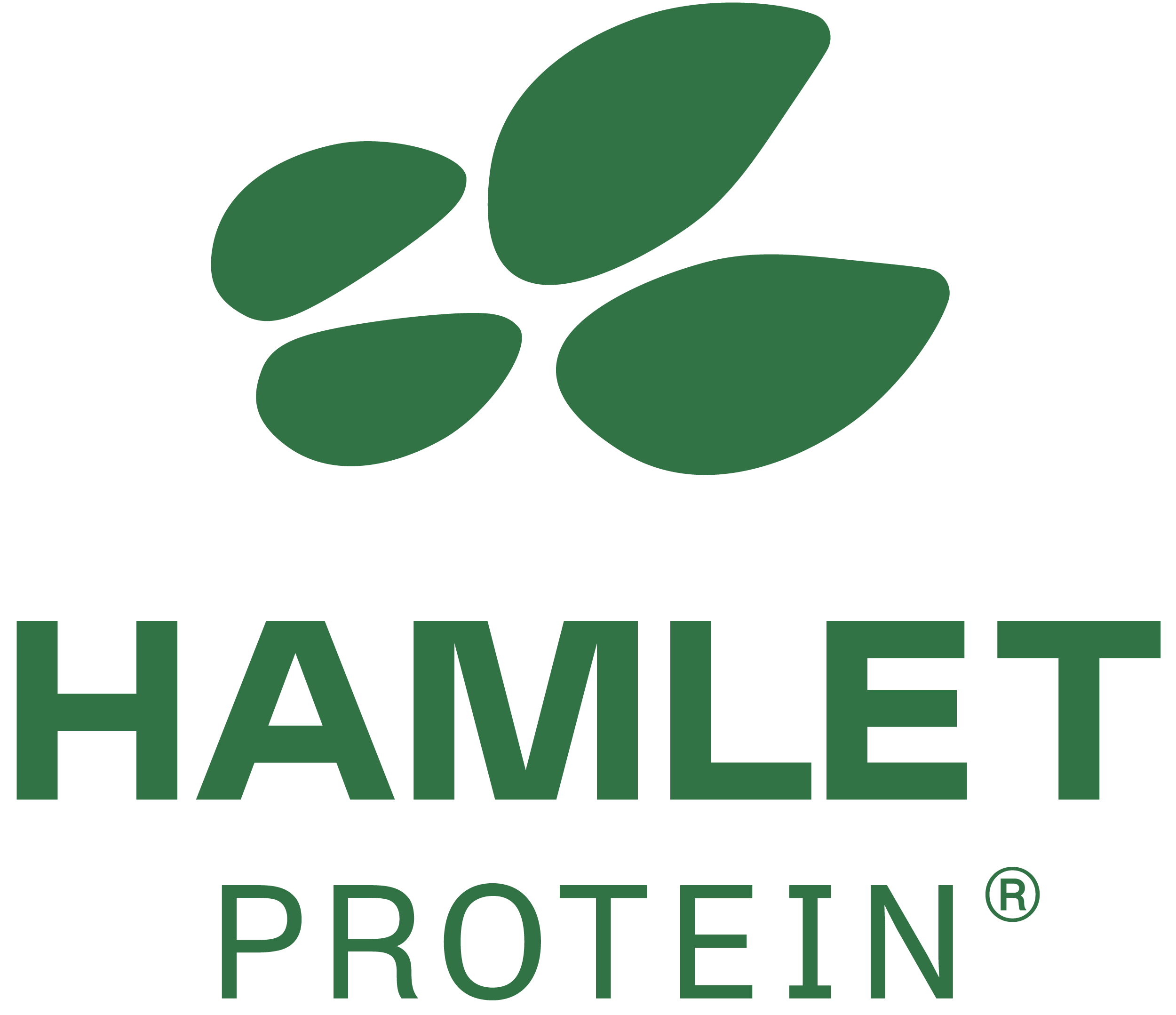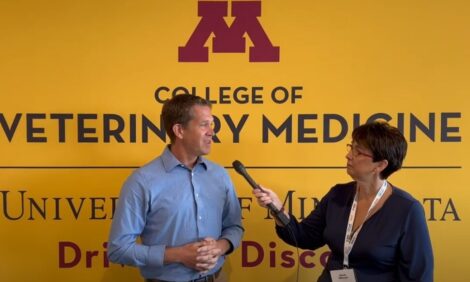



Low protein diets whilst meeting amino acid requirements
Field trial data shows amino acid needs can be met with a low protein diet decreasing risk of scouring.Many factors are impacting the swine production these days. High feed costs, ban on antibiotic growth promotors in some countries and ban on ZnO as medicinal treatment in others. Diseases have hit several countries all over the world challenging the production environment as we knew it.
Some of these challenges have let to strategies of feeding weaned piglets with diets low in protein. This due to the well-known fact that low protein diets can decrease the risk of scouring / diarrhea in piglets.
Feeding less crude protein to piglets has several impacts on the gut health situation. Considering that many gut health issues originate from bacterial growth in the distal Ileum and in the Colon, limiting the N-supply to these bacteria will keep their growth in check.
The reasons for this are the following:
- Protein ingredients are having a higher acid buffering capacity than cereals. By reducing the protein content, it becomes easier to maintain a low pH in the stomach. This improves the effectiveness of the Pepsin enzyme in the stomach, the first protein degrading enzyme in the digestive tract.
- Less protein in feed equals less undigested protein going to the Colon. When less protein enters the digestive tract with the feed there will naturally also be a lower amount of indigestible protein entering the Colon from the Ileum. This of course given that the average protein quality has the same digestibility.
- Protein ingredients are typically the main carriers of Anti Nutritional Factors (ANF’s). With higher crude protein content, the chance of increased Trypsin Inhibitor activity also increases. As Trypsin Inhibitors block the proteases in the gut less protein is digested. More protein will pass to the Colon, where it can increase detrimental bacterial growth and diarrhea. Beta-conglycinin from Soy Bean Meal (SBM) will destroy the epithelial of the small intestine of young piglets and reduce amino acid absorption, leaving more Nitrogen for the bacteria as well. Reduced protein content will also reduce the concentration of Beta-conglycinin coming from SBM.
However, with a crude protein content as low as necessary to significantly reduce the risk of diarrhea, it is no longer possible to cover the required amino acid profile for all the essential amino acids. Specifically, Isoleucine and Histidine will end up significantly below the requirement in the ideal amino acid concept.
As these amino acids then become the limiting amino acids for growth and other life expressions, the other amino acids are not utilized for building proteins but as energy source instead (ideal amino concept).
This means retarded growth of the animals and increased feed conversion rates. The excess Nitrogen from the breakdown of surplus amino acids will be excreted via the urine with an energy cost to the animal on top of the loss of valuable amino acids.
Feeding concept
In Hamlet Protein we suggest another approach to feeding weaning piglets under these new restrictions.
Apart from anything which can be done in the environment of the pigs and their management, an approach using a more digestible protein source in the diet together with a functional prebiotic fiber (HP 300 + HP FiberBoost) has shown to be very successful.
By using HP 300 as a major protein source the amino acid requirement can be met, at least to a higher degree, within the given crude protein limit to ensure low diarrhea risk. HP 300 has a very high Standardized Ileal Digestibility, and this reduces the amount of undigested protein going to the large intestine. At the same time HP 300 has a very low content of ANF’s and does not upset the gut surface or compromise the proteases in the gut.
The buffer capacity of HP 300 is lower per unit of protein than in some other SBM products and the final buffer capacity of the diet is easily regulated by the addition of organic acids to the final compound diet.
The prebiotic fiber from HP FiberBoost supports the growth of beneficial bacteria producing short chain fatty acids in the gut e.g. butyric acid as evidenced by various trials where HP FiberBoost was added to the feed.
The feeding trials supporting this feeding concept show performance and gut health parameters equal to pigs fed high doses of ZnO as a pharmaceutical additive.
Table 1 Performance of piglets fed one of four diets (LPC: 17% CP, no added fiber; LPF: 17% CP, HP FiberBoost; HPC: 19% CP, no added fiber; HPF: 19% CP, HP FiberBoost) 0-41 days post-weaning.
Variable |
Dietary treatment |
SEM |
P-value |
|||
LPC |
LPF |
HPC |
HPF |
|||
N, pens |
14 |
14 |
14 |
14 |
||
BW d0 |
5.04 |
5.04 |
5.05 |
5.04 |
0.289 |
1.000 |
BW d41 |
18.68b |
18.81b |
20.58a |
20.58a |
0.183 |
<0.001 |
ADG, kg/d |
0.333b |
0.336b |
0.379a |
0.379a |
0.0045 |
<0.001 |
ADFI, kg/d |
0.442c |
0.456bc |
0.477ab |
0.484a |
0.0068 |
<0.001 |
FCR, kg/kg |
1.422a |
1.418a |
1.340b |
1.347b |
0.0084 |
<0.001 |
Mortality rate, % |
6.59 |
1.65 |
5.49 |
3.85 |
0.13* |
|
Uniformity, CoV, % |
11.78 |
11.24 |
11.56 |
9.94 |
0.735 |
0.23* |
ROI† |
3.501 |
|||||
Note: ADG = average daily gain; ADFI = average daily feed intake; FCR = feed conversion ratio; Uniformity calculated as coefficient of variation (CoV; mean/sd*100). Superscripts a, b, c show statistically significant differences (p < 0.05) between the experimental groups. *Mortality rate: main effect of HP FiberBoost addition is a near-significant trend (p=0.06); Uniformity: for main effect of HP FiberBoost addition p=0.15. †Based on April 2022 ingredient prices. |
||||||
In the above trial, LPC was the control diet with low protein (17%) and no fiber added. LPF had low protein with added fiber. HPC had high protein (19% = normal) and no fiber added, and HPF had high protein and fiber added.
As can be seen ADG is improved 40+ gram by maintaining a normal protein level in the diets using HP 300 (table 1).
FCR worsened by 0.08 Kg/Kg when reducing protein from 19 to 17%. The role of the fiber is to build in security to support general health and resilience evidenced by a tendency to lower mortality, representing less scouring/diarrhea. Interestingly, the addition of fiber improves the uniformity of the pigs which represent a high value for the producer.
The Hamlet Protein feeding concept combining HP 300 and HP FiberBoost can help in keeping or recovering performance in situations where antibiotics and/or high doses of ZnO are not allowed. By using the Hamlet Protein feeding concept it is possible to keep the physiological correct supply of amino acids to the weaned piglets, ensuring good performance and health as well as low N excretion to the environment and a good production economy.








